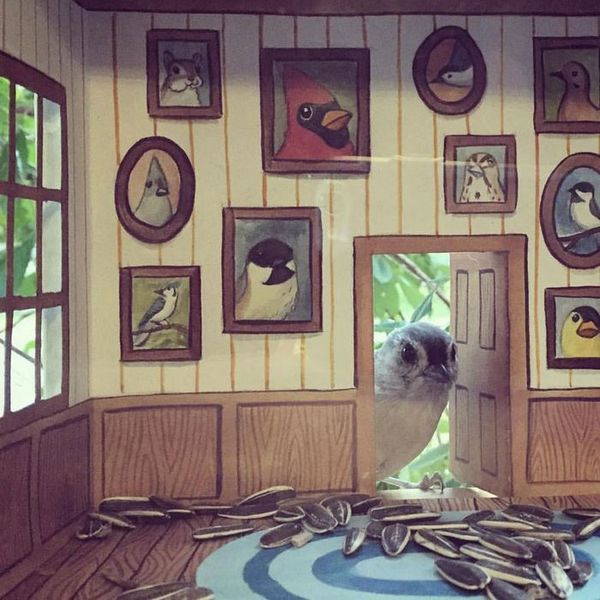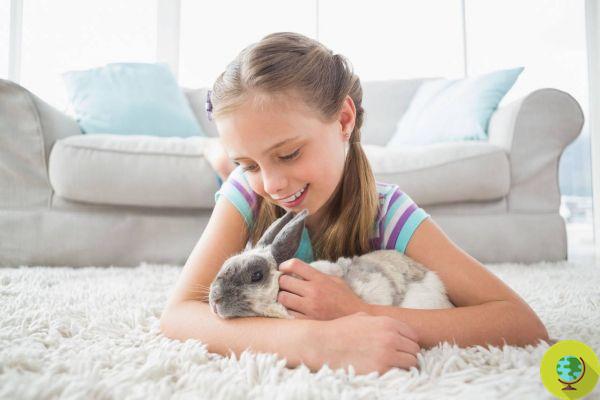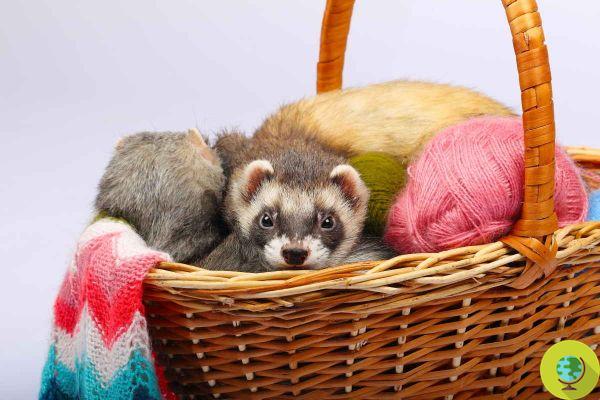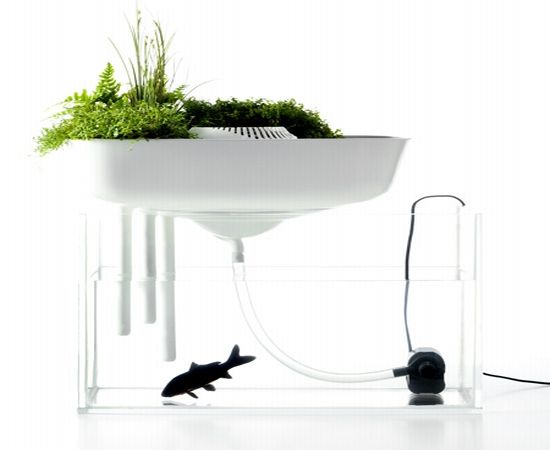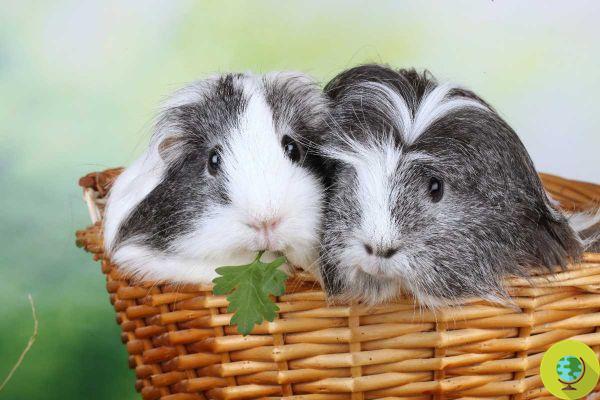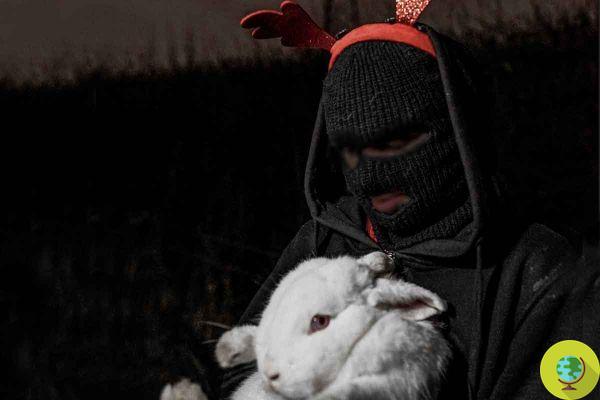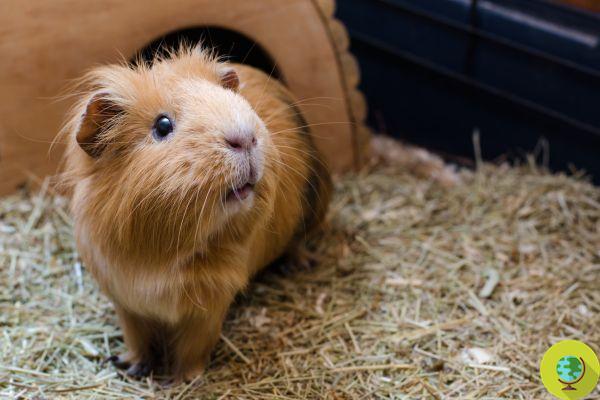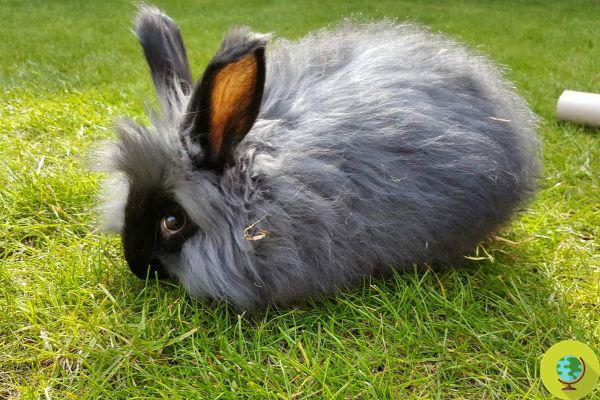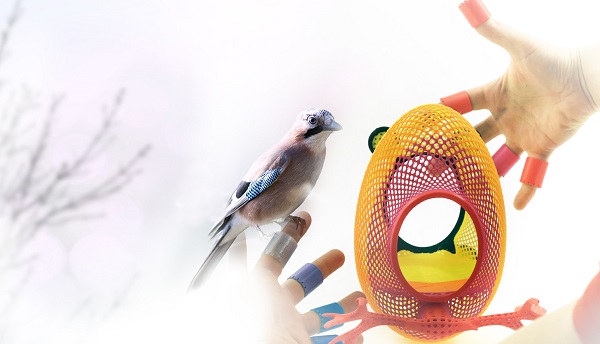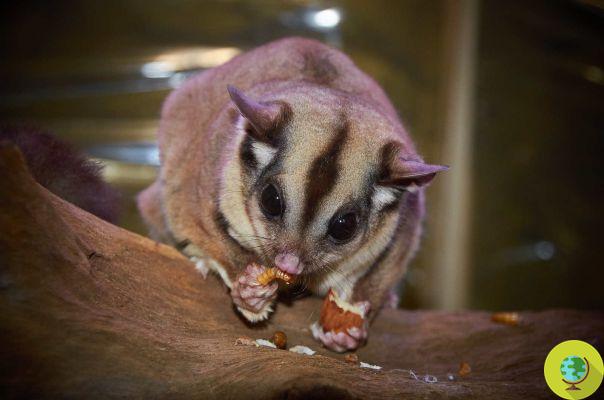
Everyone wants a flying squirrel, but let's think very carefully before adopting a sugar glider, or rather at least two!
He is about to end up run over, his mother saves himI sugar gliders, also known as "flying squirrels”, Are marsupials from the rainforests of New Guinea. The sweetness of their gaze and their soft gray fur are able to make us fall madly in love in a few seconds.
Precisely because of their ability to arouse immediate empathy, there are many families who, in recent years, have decided to adopt a sugar glider as a "pet". On the net, the accesses to the sites that manage the sale of these animals have literally multiplied with the consequent increase in illegal traffic and, unfortunately, abandonments once one is "fed up".
Paradoxically, it is this excessive demand that is their biggest problem. In fact, in most cases, families soon discover that they are unable to meet the many needs of the newcomer.
To avoid this, before adopting a glider, which it would be better not to do, let's try to better understand its behavior and its needs in order to immediately realize if you are able or not to take care of it. But, in any case, we start from the assumption that free in nature in its habitat is the most desirable condition for them.
Index
Things to know about the sugar glider
- In their natural habitat, gliders live in large families. In fact, they love to interact with their peers and with other animals. For this reason it would be advisable to welcome more than one in the house, possibly a male and more females.
- If there are other animals living in the house, the utmost care must be taken so that they do not injure each other.
- Sugar gliders are nocturnal animals: during the day it is difficult for them to sleep, due to the sunlight entering through the windows and the noises inside and outside the house.
- Their diet is very particular and varies according to the season. The dietary balance of a glider must be composed of approximately 70% fruit and vegetables (grapes, red apples, papayas, pears and figs in particular) and 30% animal proteins, usually the most adequate protein source for these animals are insects, available in shops that sell reptiles or hunting and fishing. If crickets, locusts and earthworms are not easily administered in a cage, a compromise could be the use of mealworms and, to a lesser degree, honeyworms.
- Gliders need a garden with plants to climb on, an activity that represents their primary need.
- Your home is not very hospitable for them: to avoid any risk, you need to cover the electrical cables, unplug the power plugs, leave the toilet seat down (gliders can't swim), block all the holes and carefully check the toilet basket. washing machine.
- To get to you they will suffer a lot: often the sugar gliders are crammed into small containers (sometimes even in plastic water bottles), without being able to move for days.
- Sugar gliders are very susceptible if they are awakened and forced out of the cage during the day. In some cases of very strong stress, they are also prone to harm themselves, biting and scratching themselves.
- Gliders are prone to developing infections, often due to malnutrition or improperly washed food, risking dehydration, lethargy and weight loss. Furthermore, the absence of calcium could lead to broken bones and dental problems. Mirror of these problems are loss of appetite or foul-smelling breath.
- All over the world the sale of sugar gliders has been discouraged. After being contacted by PETA, a non-profit organization for the protection of animal rights, more than 1.300 US retailers have banned the purchase of gliders at their shops. Macerich, in particular, is shutting down its shops and transforming these spaces into shelters where it will be possible to adopt abandoned animals.
Tips and things to know
However, if you decide to welcome a sugar glider into your family, remember:
Play with them
Continuous interaction with humans is key. Allowing the glider, for example, to slip into your shirt pocket could be a good way to interact with him during the day.
Take at least two
Get more than one because they are social animals that suffer a lot from being alone. Furthermore, they have a language of their own and in the wild they live in colonies of about 30 specimens.
View this post on Instagram
A post shared by Petaurix (@petauro_dello_zuccherofficial)
Listen to them
gliders communicate their emotions and their discomforts (fear, sadness, hunger ...) by emitting very different sounds (particularly acute is the verse through which they communicate that they are angry).
Clean the aviary
Inside, the litter must not be missing, which will absorb all the dirt and food scraps of the glider. Alternatively, you can opt for the newspaper cut into small pieces. To help them meet their needs, a bag or, better still, a tree branch can be hung at the end of the aviary. The glider aviary must never be exposed to solar beams or currents of cold air, to avoid strong temperature changes. It is preferable to place it away from appliances, heat sources or windows. The ideal ambient temperature must be between 21 and 27 ° C.
And what's most important ...
Don't buy, adopt!




